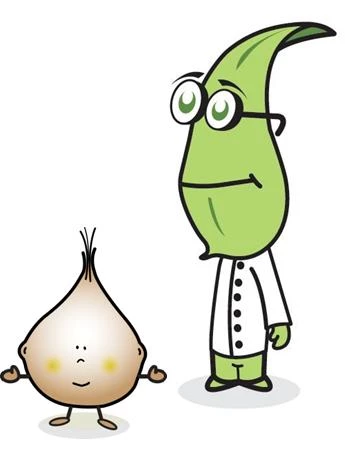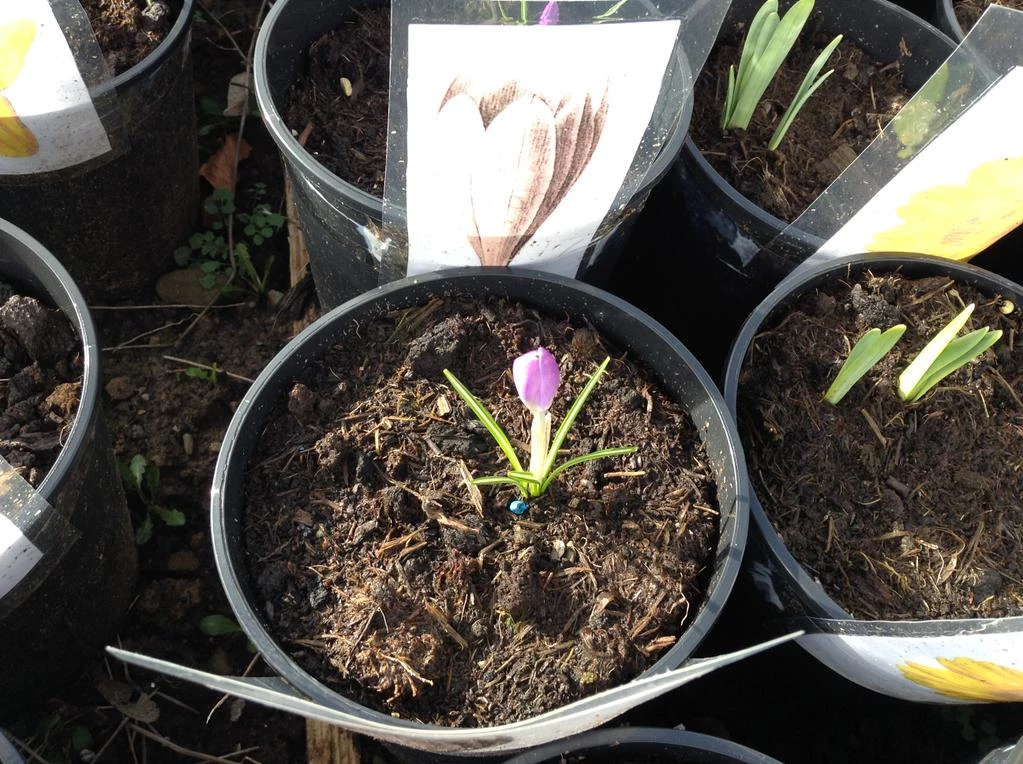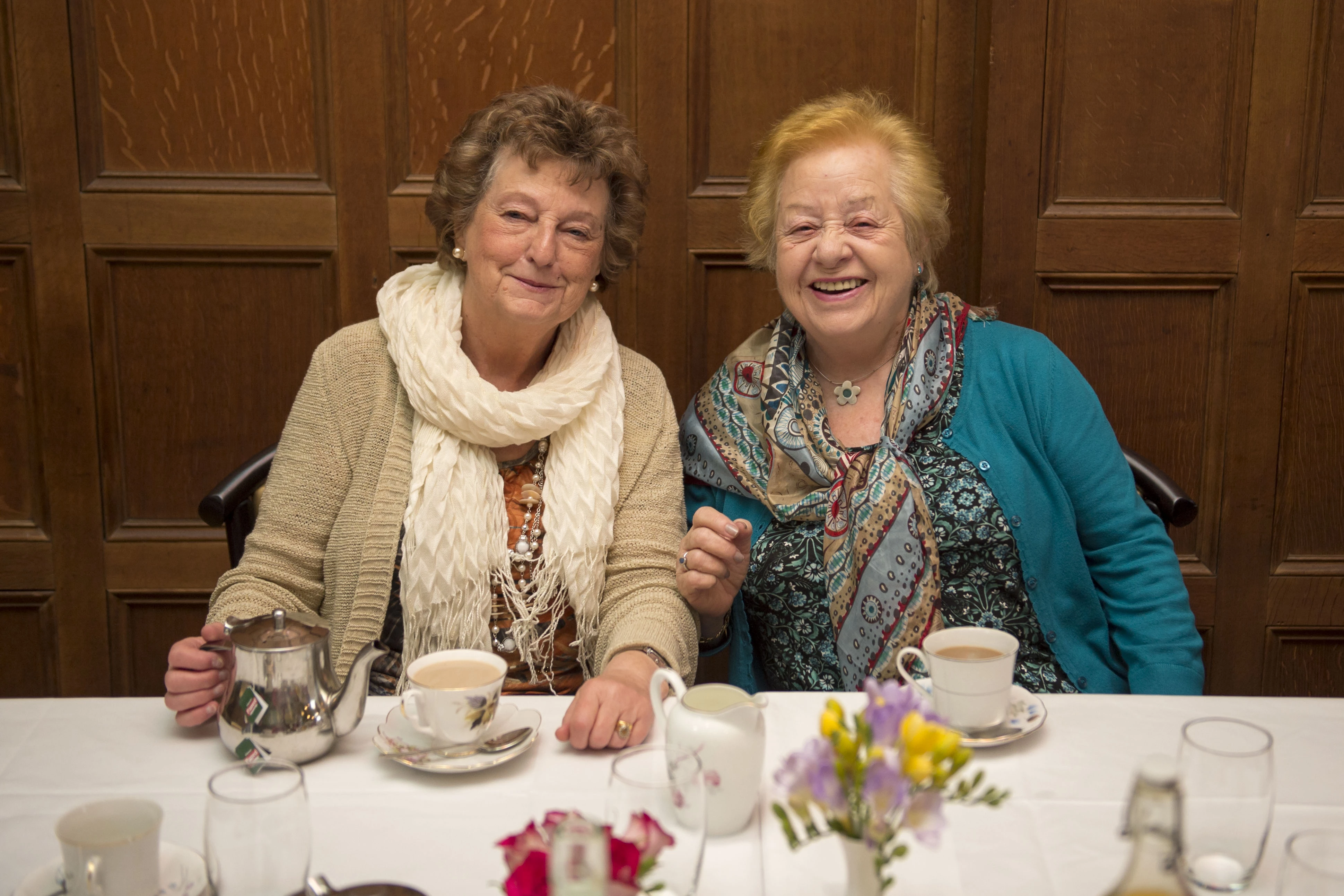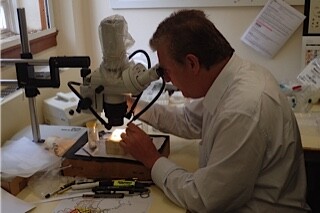Ceisiadau ar Agor i Ysgolion yng Nghymru
, 29 Mehefin 2015
Astudiaeth newid hinsawdd ar dir eich ysgol!
Daearyddiaeth & Gwyddoniaeth (CA2)
Defnyddiwch eich dosbarth awyr agored! Ymunwch â'r 175 o ysgolion sy'n cymryd rhan yn yr arbrawf arbennig hwn!
Mae Bylbiau'r Gwanwyn i Ysgolion yn rhoi cyfle i ddisgyblion cynradd fabwysiadu, astudio a chofnodi datblygiad bylbiau'r gwanwyn fel rhan o rwydwaith gwylio'r gwanwyn. Caiff pob disgybl fwlb Cennin Pedr Dinbych, Crocws ac photyn gardd er mwyn cofnodi'r tyfiant a'r amserau blodeuo.
Trwy gasglu a chymharu data mae disgyblion yn darganfod sut mae'r newid yn ein hinsawdd yn effeithio ar ein tymhorau, a beth mae hyn yn ei olygu i ni ac i'r natur o'n cwmpas. Mae disgyblion yn cymryd rhan yn Her Athro'r Ardd i gael tystysgrif gwyddonydd gwych.
Gall ysgolion ledled Cymru gymryd rhan gan bod y canlyniadau yn cael eu casglu drwy'r we (neu'r post os oes rhaid). Mae'r prosiect yn un parhaus a gall ysgolion gymryd rhan yn flynyddol.
Er mwyn gwneud cais i gymryd rhan yn Bylbiau’r Gwanwyn i Ysgolion 2015-2016 llenwch y ffurflen gais ar-lein drwy ddilyn y ddolen isod.
Ceisiadau nawr ar agor ond mae niferoedd yn gyfyngedig felly wnewch gais yn fuan i sicrhau eich lle ar y prosiect! Ceisiadau ar agor i ysgolion yng Nghymru yn unig. Mae’r dyddiad cau wedi pasio ar gyfer ysgolion o’r Alban a Lloegr ond mae croeso i chi gysylltu ag Ymddiriedolaeth Edina am wybodaeth ar sut i gymryd rhan yn y project yn 2016-2017.





